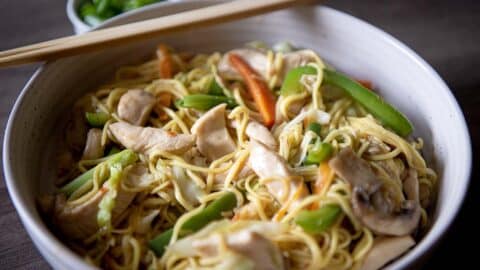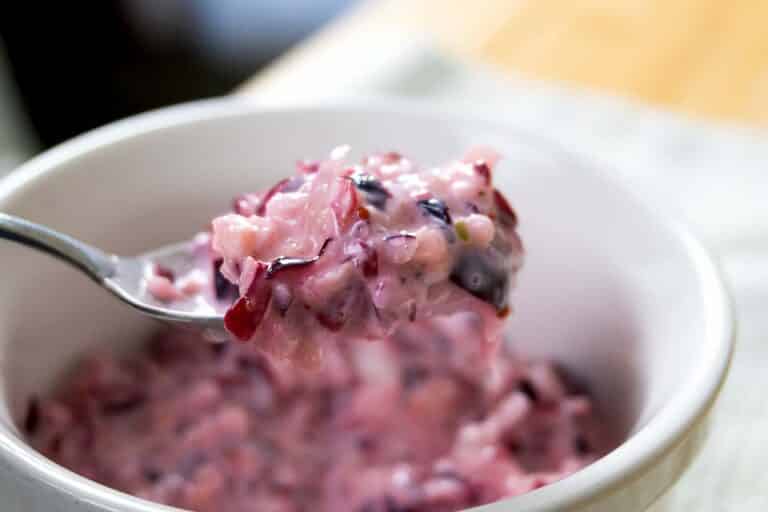Korean Spicy Chicken Noodles
These easy to make Korean spicy chicken noodles are hot, savory, and a big bowl of comfort.
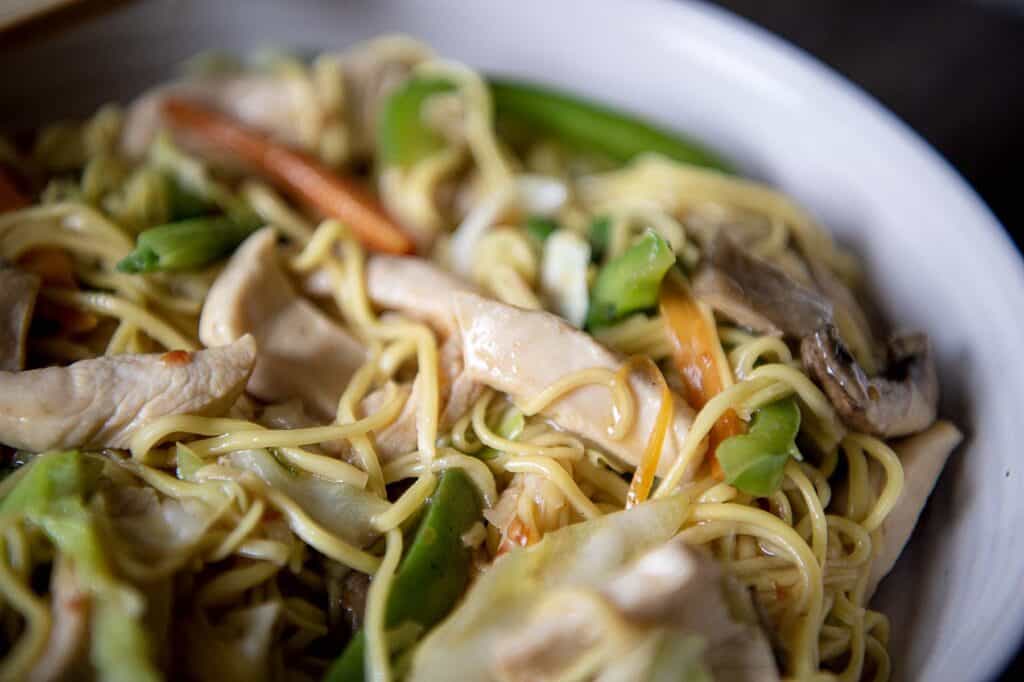
There’s something about a bowl of super spicy ramen and spicy Korean noodles that is just so comforting.
With just a handful of pantry ingredients and 30 minutes, you will have delicious spicy chicken noodles Korean-style.
Our recipe uses egg noodles, but you could use glass noodles or any other noodles of choice. Additionally, you can sub in whatever vegetables you want or choose not to use vegetables.
What Makes Korean Spicy Noodles Spicy?
The sauce used to season the meal gives Korean spicy noodles, also known as “buldak bokkeumyeon,” their hot flavor. Gochujang, a hot chili paste, is often combined with gochugaru, a spicy chili flakes, as well as additional ingredients like garlic, soy sauce, and sugar.
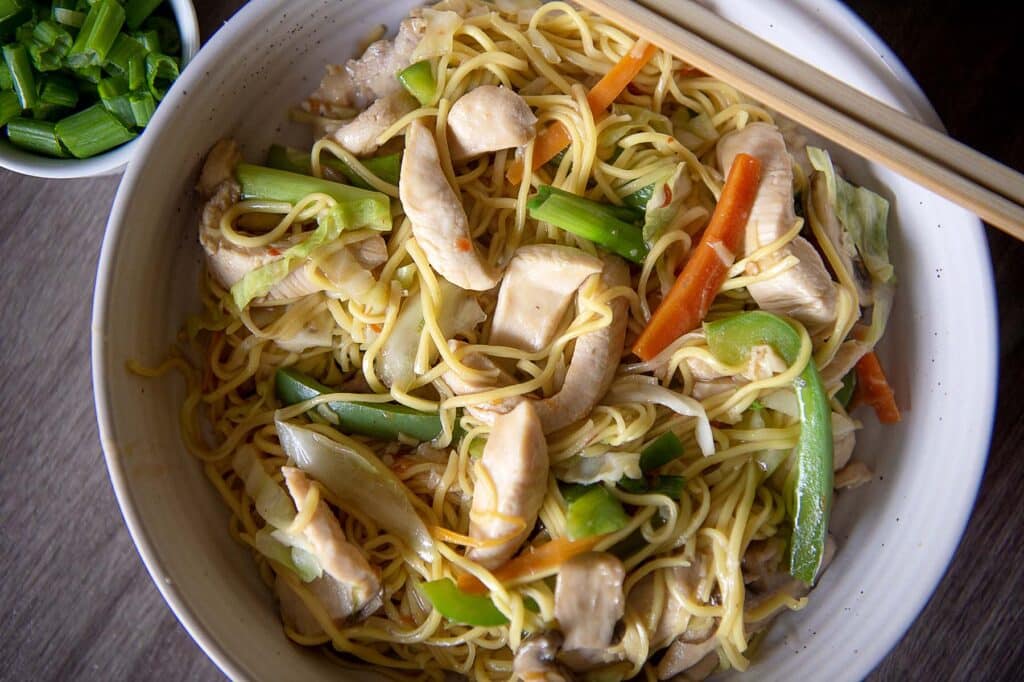
Depending on the brand of sauce used and personal choice, the level of spice can change. Buldak bokkeumyeon comes in a variety of spicy varieties, some of which even have a scale to measure how hot they are.
The dish frequently includes chicken, vegetables, and noodles in addition to the spicy sauce, making for a flavorful and filling dinner.
Is Korean Food Spicier Than Indian Food?
Since Korean and Indian cuisine employ various types of spices and have differing levels of heat in their dishes, it is challenging to compare the spiciness of the two cuisines. Both cuisines feature meals that can be extremely spicy, however the level of heat varies depending on the dish in question and the cook’s personal preferences.
Gochujang, a hot chili sauce, and gochugaru, Korean chili flakes, are typically used in Korean cooking to impart heat to foods. Popular Korean delicacies like buldak noodles, tteokbokki (hot rice cakes), and kimchi are recognized for their heat (spicy chicken).
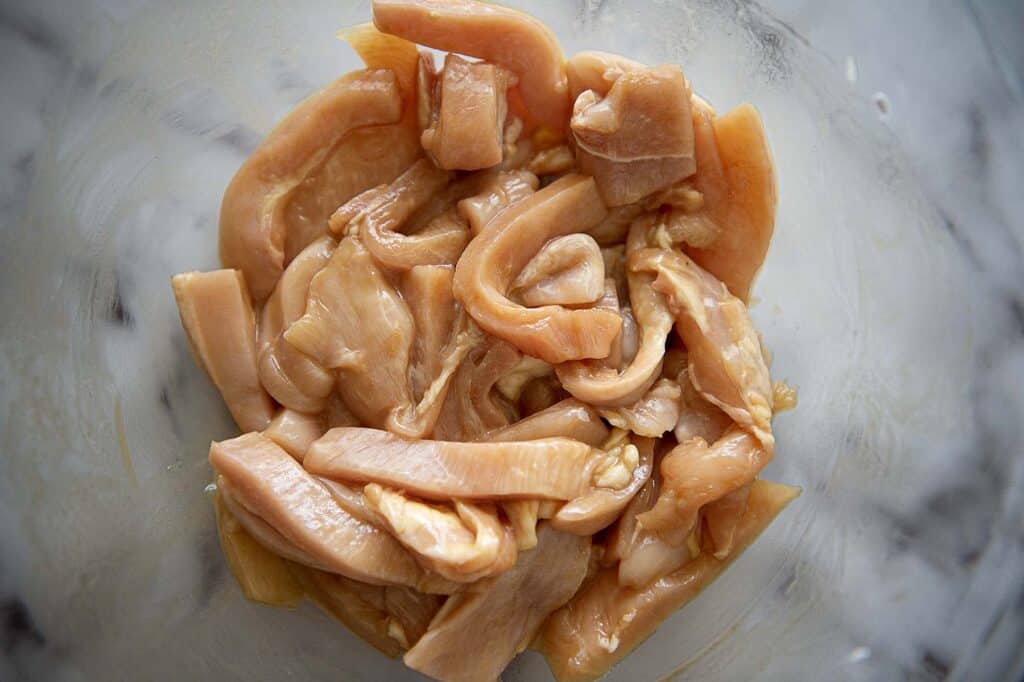
On the other hand, a variety of spices are used in Indian cuisine to give meals flavor and fire. Cumin, coriander, turmeric, and chili peppers are a few of the typical spices used in Indian cooking. Vindaloo, biryani, and jalfrezi are a few well-known Indian cuisines that are noted for their heat.
Finally, depending on the dish and the diner’s tolerance for spice, the degree of spiciness in both Korean and Indian food might vary. There is something for everyone to appreciate because both cuisines feature gentler meals that aren’t at all spicy.
Do Korean Spicy Noodles Taste Good?
Depending on the particular recipe and degree of spiciness, Korean spicy noodles can have a variety of flavors. The meal is usually seasoned with a sauce that combines hot chili paste, chili flakes, and additional seasonings like garlic, soy sauce, and sugar to produce a rich and nuanced flavor.
In general, the noodles are chewy and mildly sweet, and they absorb the sauce to make a tasty and filling dinner. The dish’s overall flavor and texture can be improved by including chicken, veggies, and other components.
If you prefer spicy food, you’ll probably appreciate the flavor and satisfaction of Korean hot noodles. The recipe can be too hot for you if you have a sensitivity to spicy foods.
What Is The Spiciest Noodles In Korea?
“Nuclear fire noodles” or “2x spicy noodles” are the spiciest noodles in Korea. The phrase “Samyang Hot Chicken Flavor Ramen 2x Spicy” is used to describe these noodles. They are produced by the South Korean food business Samyang and well-known for their intense heat.
The sauce used to prepare the noodles contains a mixture of chili paste, chili powder, and other hot seasonings, giving it a scorching and powerful heat. Even a warning label stating the amount of spiciness is included on the container for the noodles.
These noodles are rather spicy, so they are not for the faint of heart, but they have gained popularity in Korea and elsewhere, with many people trying spicy noodle challenges and posting their experiences online. The “nuclear Korean fire noodles” might be worth trying if you enjoy spicy food and are up for a challenge, but be ready for a really spicy experience!
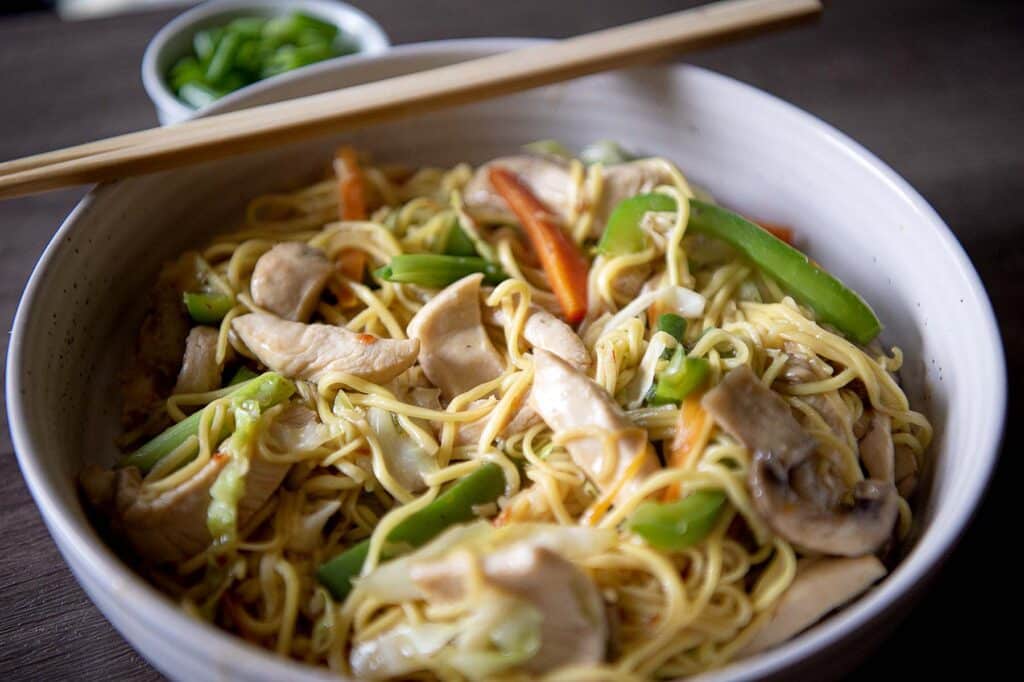
What Happens If You Eat Too Much Spicy Noodles?
Consuming too many spicy noodles or other foods can cause a number of unpleasant and occasionally painful effects. Too much spicy food can have a variety of negative effects, including:
- Stomach ache, cramps, bloating, and diarrhea can result from eating spicy food, which irritates the digestive tract.
- Heartburn and acid reflux: Eating spicy food can raise your stomach acid levels, which can result in heartburn and acid reflux.
- Irritation of the mouth and throat: Eating spicy food can irritate and inflame the mouth and throat, resulting in pain and a sore throat.
- Sweating and flushing: As the body tries to cool itself off in response to the heat, spicy food can make you sweat and cause your skin to flush.
- Increased thirst: While the body attempts to rid itself of the spicy components, spicy food can dehydrate you and increase your thirst.
While ingesting spicy noodle dishes in moderation is generally regarded as healthy, doing so excessively can cause unpleasant side effects. It is important to seek medical advice if you suffer from severe or protracted symptoms after consuming spicy noodles or other foods.
Do Korean Noodles Have MSG?
Some Korean noodles may contain monosodium glutamate (MSG) as a flavor enhancer, but not all of them do. MSG is a common ingredient in many types of packaged foods, including instant noodles, and it is used to enhance the flavor of the product.
Monosodium glutamate (MSG), a flavor enhancer, may be present in some Korean noodles, although not all of them. Instant noodles and other packaged meals frequently include MSG, which is used to improve the flavor of the item.
Which Samyang Is The Spiciest?
A South Korean food firm called Samyang is well-known for their hot Samyang ramen noodles.
The “Samyang 2x Spicy Hot Chicken Flavor Ramen,” often known as “nuclear fire noodles,” is the spicier Samyang ramen noodle product.
With a Scoville rating of roughly 8,000, which is substantially hotter than most other instant noodles on the market, this noodle dish is renowned for its intense heat level.
People who like spicy food may find the Samyang 2x Spicy Hot Chicken Flavor Ramen scorching and powerful heat that is produced by the sauce’s blend of chili powder, chili pepper, and other spicy seasonings.
- 1 lb chicken breast
- 2 tbsp water
- 2 tsp cornstarch
- 2 tsp vegetable oil
- 3 tbsp soy sauce
- 1 tbsp water
- 2 garlic cloves minced
- 1 tbsp sesame oil
- ½ cup chicken broth
- 1 tbsp brown sugar
- 1 tbsp cornstarch
- 2 whole bird eye chiles
- For the chicken, slice into 1 – 2 inch pieces, roughly ¼ in thick. Slice across the grain. Add the chicken to a bowl and combine with water and soy sauce. Let sit for 10 minutes until most of the liquid is absorbed.
- Add the vegetable oil and cornstarch, and stir to combine. Let sit for 20 minutes.
- Place your wok over high heat andonce hot, add a couple tablespoons of vegetable oil. Add the chicken in one layer and sear for 20 seconds. Cook until chicken is opaque, remove, and set aside.
- Combine all the sauce ingredients in a bowl. Set aside.
- Saute your vegetables on medium high heat until softened. Next, add half of the sauce and chicken. Cook for a minute and then add your noodles and remaining sauce.

